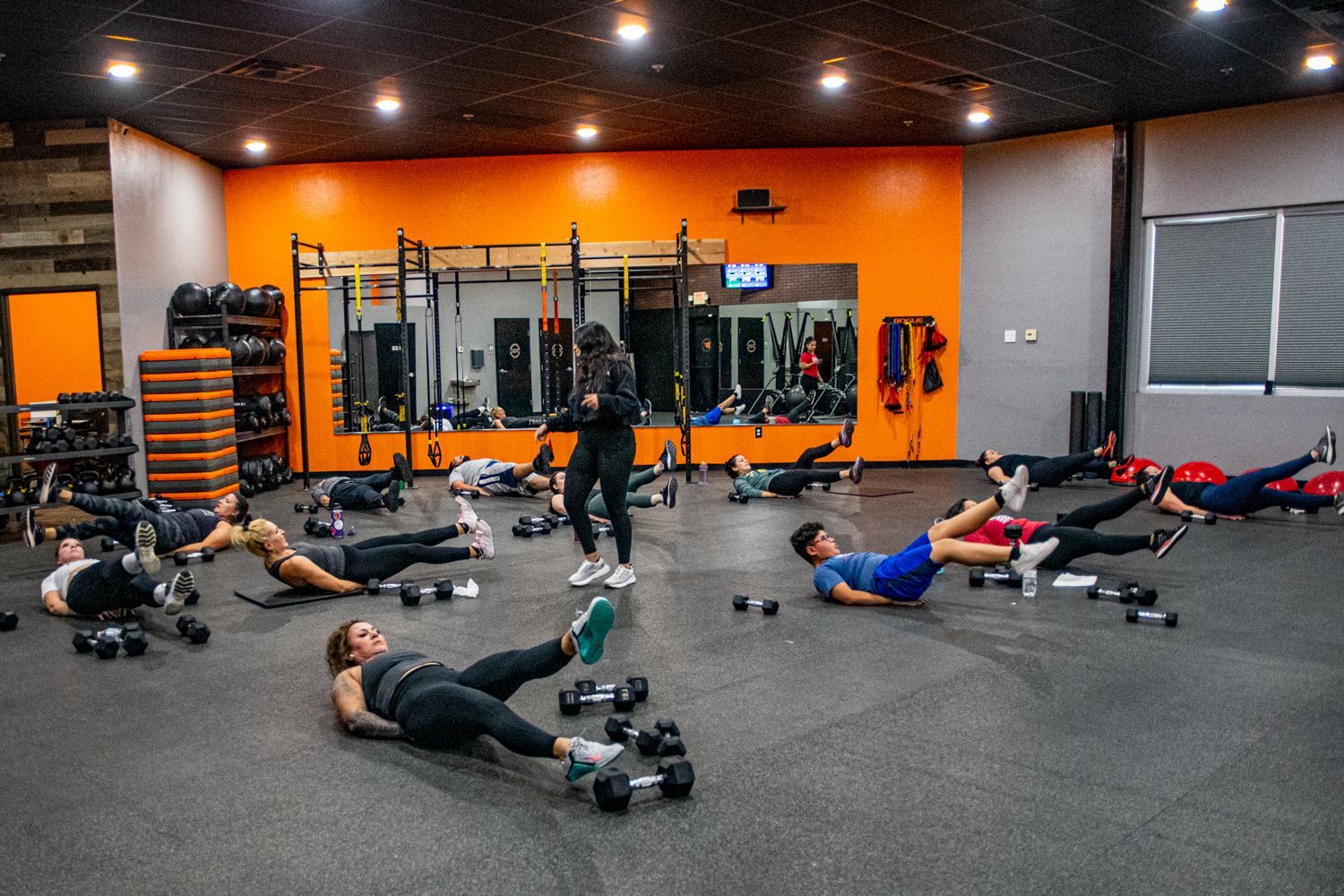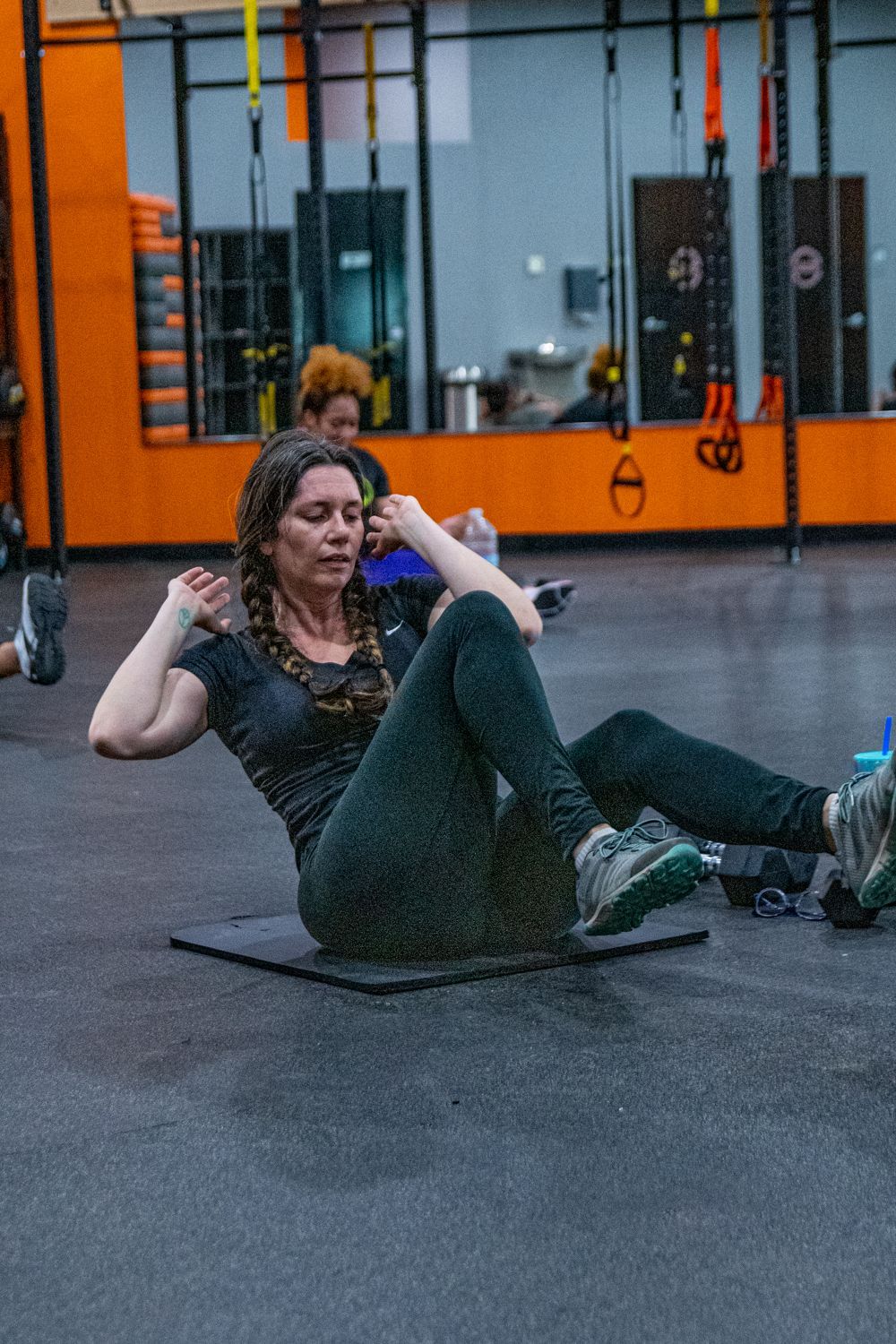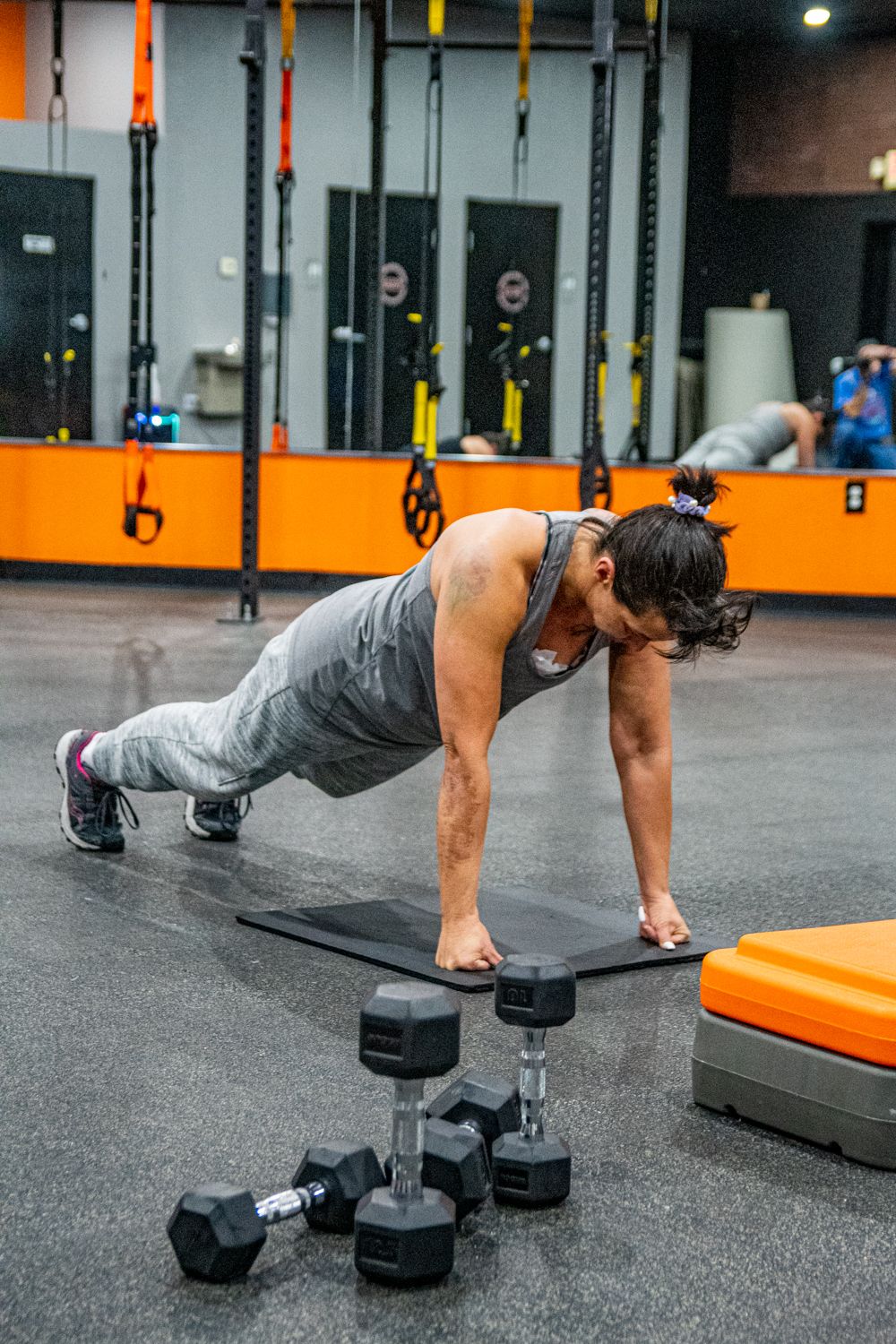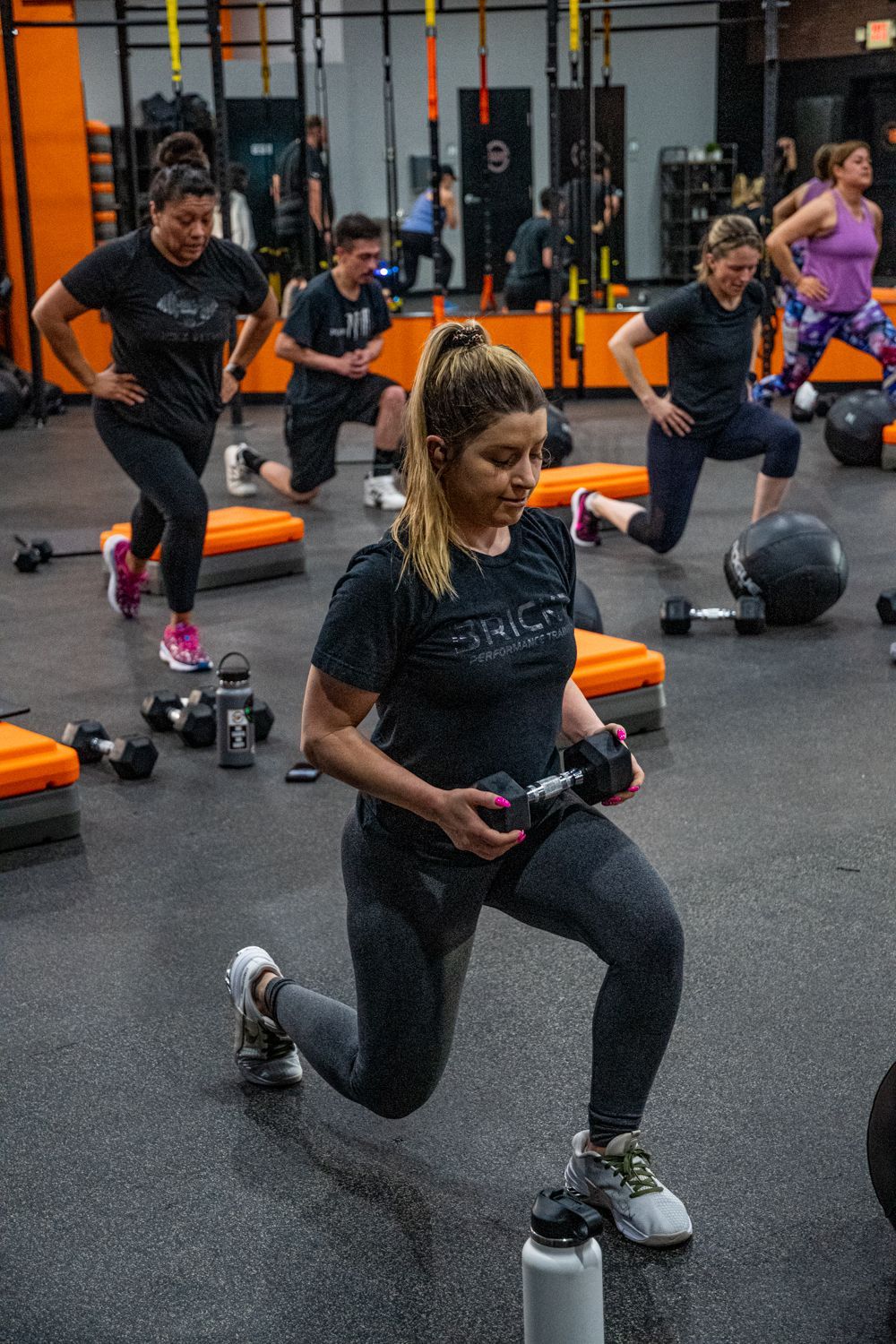Unleash the power of your core
Why core training enhances barbell movements

Regarding strength training and lifting weights, we often focus on building muscles in our arms, legs, and chest while inadvertently neglecting an essential component of our bodies - the core.
The core, comprising the abdomen, lower back, and pelvis muscles, plays a pivotal role in stabilizing and supporting the body during various movements, including barbell exercises.
We'll explore why training your core is crucial, how it benefits barbell movements, and provide a list of exercises to help you build a solid and functional core.
The importance of core training
- Stability and Balance
A strong core provides a solid foundation for the rest of your body, enhancing stability and balance during barbell movements. Whether you're performing squats, deadlifts, or overhead presses, a stable core allows for better weight distribution and proper alignment, reducing the risk of injury and maximizing performance.
2. Transfer of Power
Barbell exercises heavily rely on transferring force from the lower body to the upper body and vice versa. Your core links these two regions, efficiently transferring power generated from your legs and hips to your arms during movements like the bench press or shoulder press. A weak core can hinder this transfer, limiting your strength and potential gains.
3. Injury Prevention
Engaging and strengthening your core muscles can help prevent injuries during barbell movements. A stable core supports the spine, reducing excessive stress on the lower back and minimizing the risk of strains or imbalances. It also aids in maintaining proper form, reducing the likelihood of compensatory movements that could lead to injury.

Core exercises to improve barbell movements
- Plank: The plank is a simple yet highly effective exercise for engaging multiple core muscles simultaneously. Start in a push-up position, resting on your forearms, and hold your body in a straight line from head to toe. Aim to maintain the position for 30-60 seconds, gradually increasing the duration as you progress.
- Russian Twists: Sit on the ground with your knees bent and feet flat. Lean back slightly while keeping your back straight. Hold a weight or medicine ball in front of you and twist your torso from side to side, touching the weight to the ground on each side. Perform 10-15 reps per side.
- Dead Bug: Lie on your back with your arms extended toward the ceiling and your knees bent at a 90-degree angle. Lower one arm overhead while straightening the opposite leg, pressing your lower back into the floor. Return to the starting position and repeat on the other side. Aim for 10-12 reps per side.
- Pallof Press: Attach a resistance band to a sturdy anchor point at chest height. Stand perpendicular to the anchor point with the band in both hands. Extend your arms fully before you and resist the band's pull as you rotate away from the anchor point. Perform 10-12 reps on each side.
- Hanging Leg Raises: Hang from a pull-up bar with your arms extended. Engage your core and lift your legs until they parallel the ground. Slowly lower them back down, maintaining control throughout the movement. Aim for 8-12 reps.

Training your core muscles is vital for optimizing your performance in barbell exercises. By focusing on core stability, balance, and power transfer, you'll enhance your strength and reduce the risk of injury. Incorporate the suggested core exercises into your routine, gradually increasing the intensity and difficulty as you progress. Remember, a strong core forms the foundation for exceptional barbell movements, allowing you to reach your full potential.

